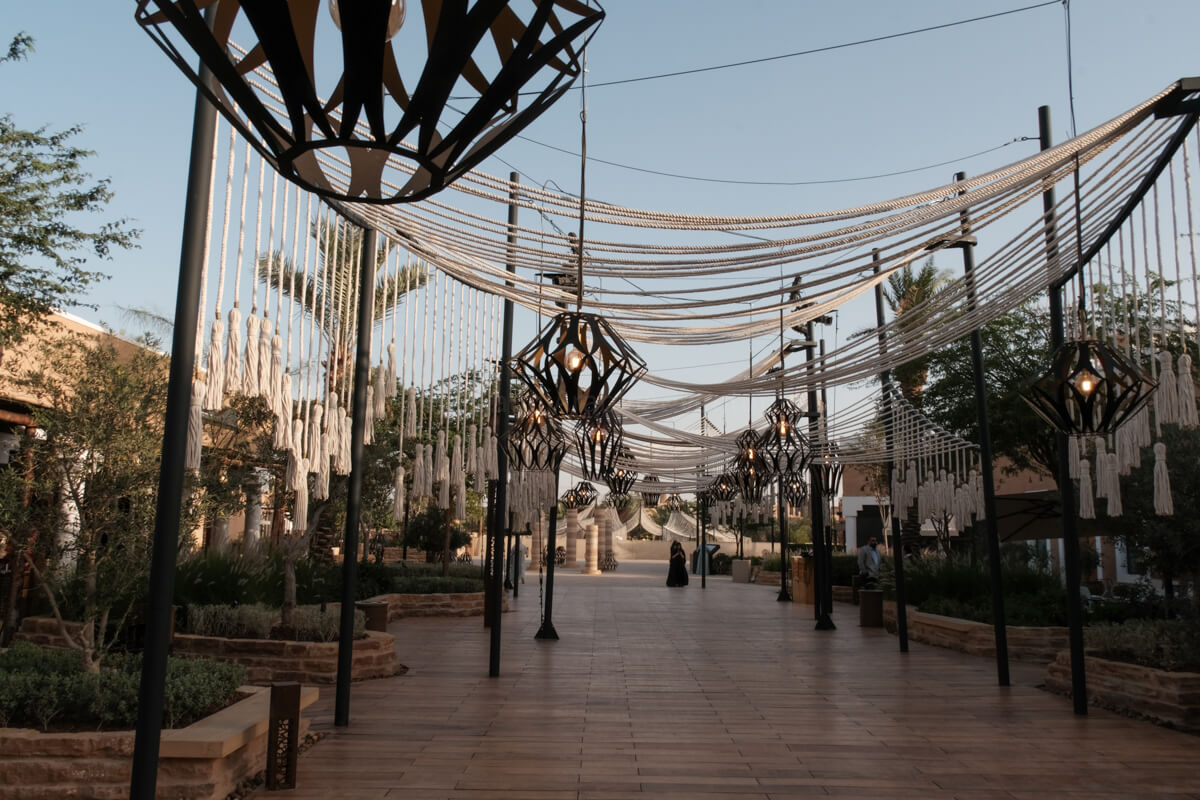Welcome to Diriyah, a historical gem on the edge of Riyadh, the capital of Saudi Arabia. A visit to this UNESCO World Heritage Site offers a unique blend of heritage, culture, and modernity, with beautifully restored traditional houses, local boutiques, and world-class restaurants.
I only managed to visit Diriyah on my third attempt. For years, the site was undergoing restoration, and while I once managed a quick glimpse, it was completely closed on my second try, I had to turn back with the taxi. But on my third visit, the gates were finally open… and I’ve been back several times since, to show friends around, attend business meetings, or simply enjoy the atmosphere. There’s something truly special about this place.
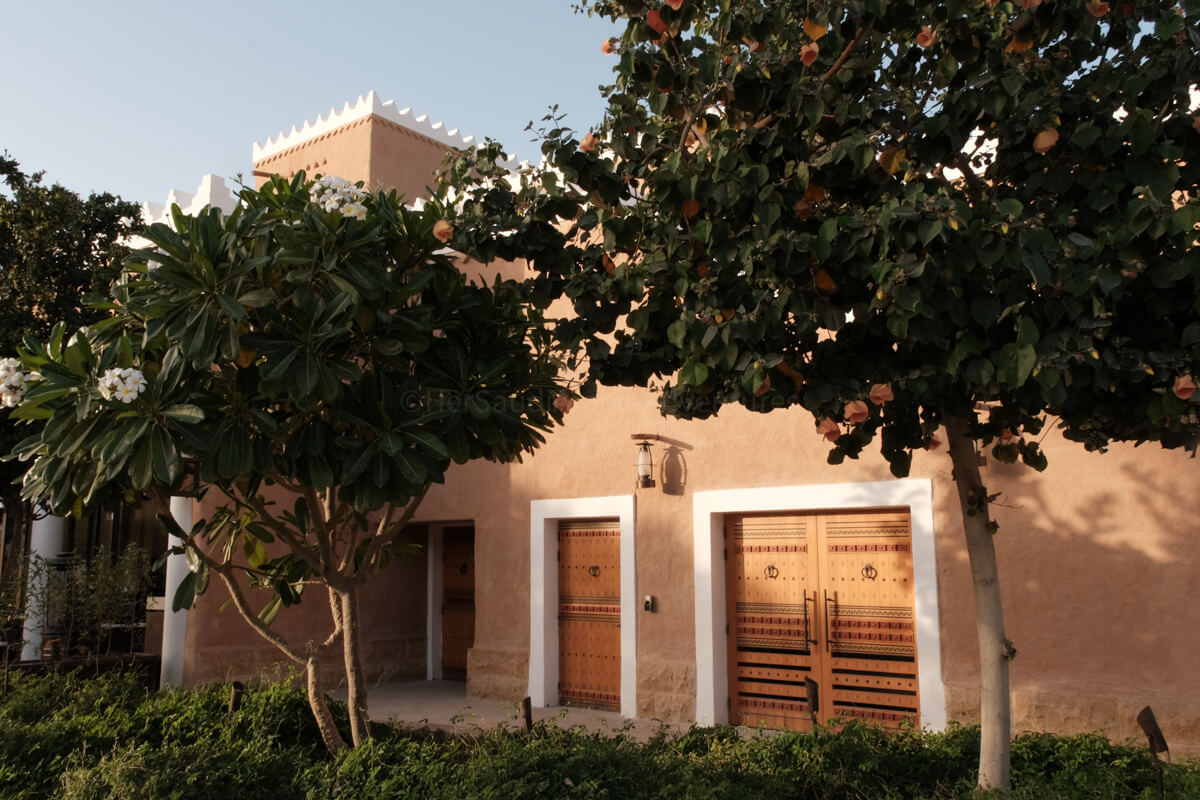
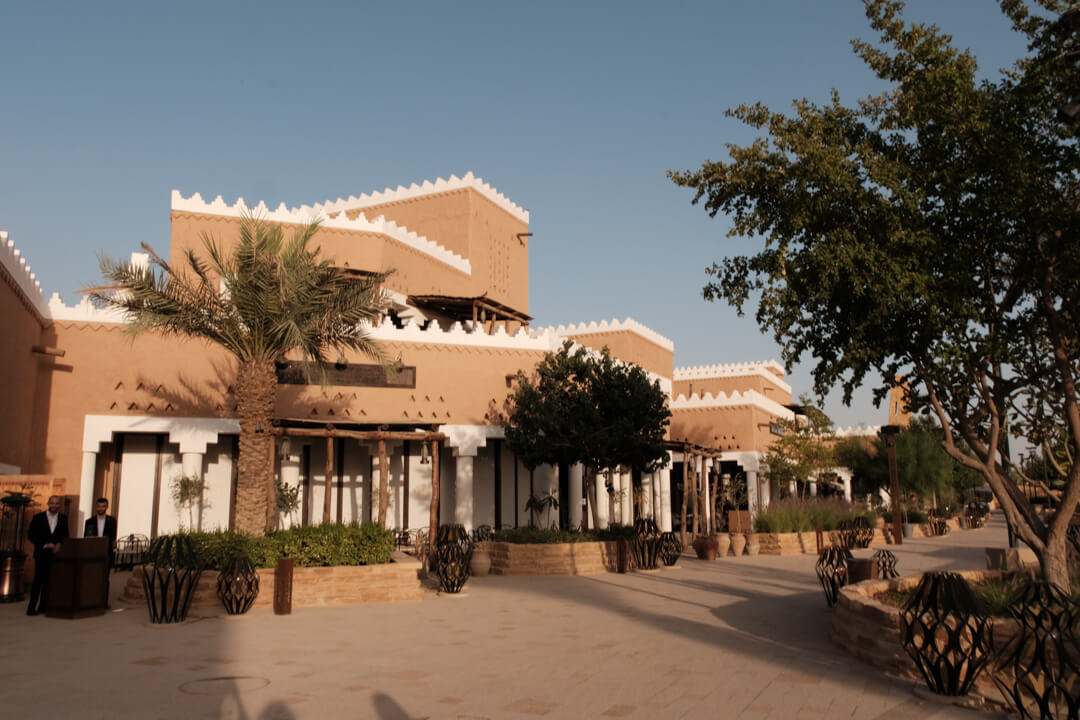
A Step Back in Time: The Legacy of Diriyah
Diriyah is the birthplace of the Saudi state and plays a central role in the history of the Kingdom. Founded in the 15th century, this historic citadel was the capital of the first Saudi state and the ancestral home of the Al Saud royal family.
Diriyah is made up of several districts, including At-Turaif, Al-Bujairi, Al-Suraiha, and Ghasiba. Among them, At-Turaif is the most iconic.

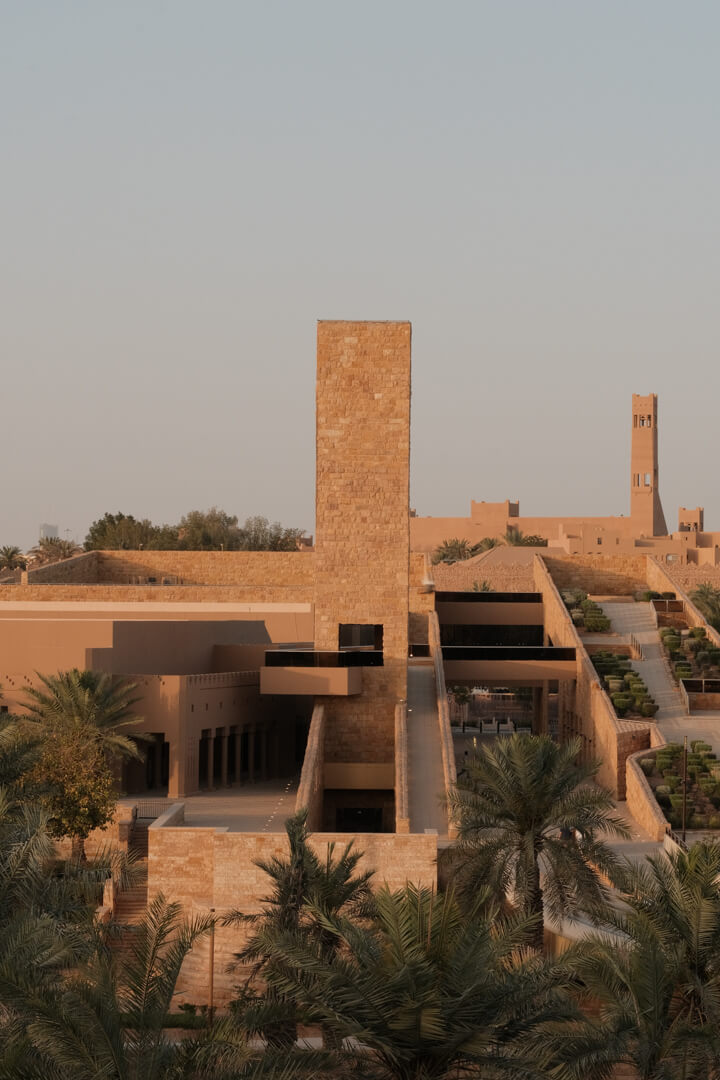

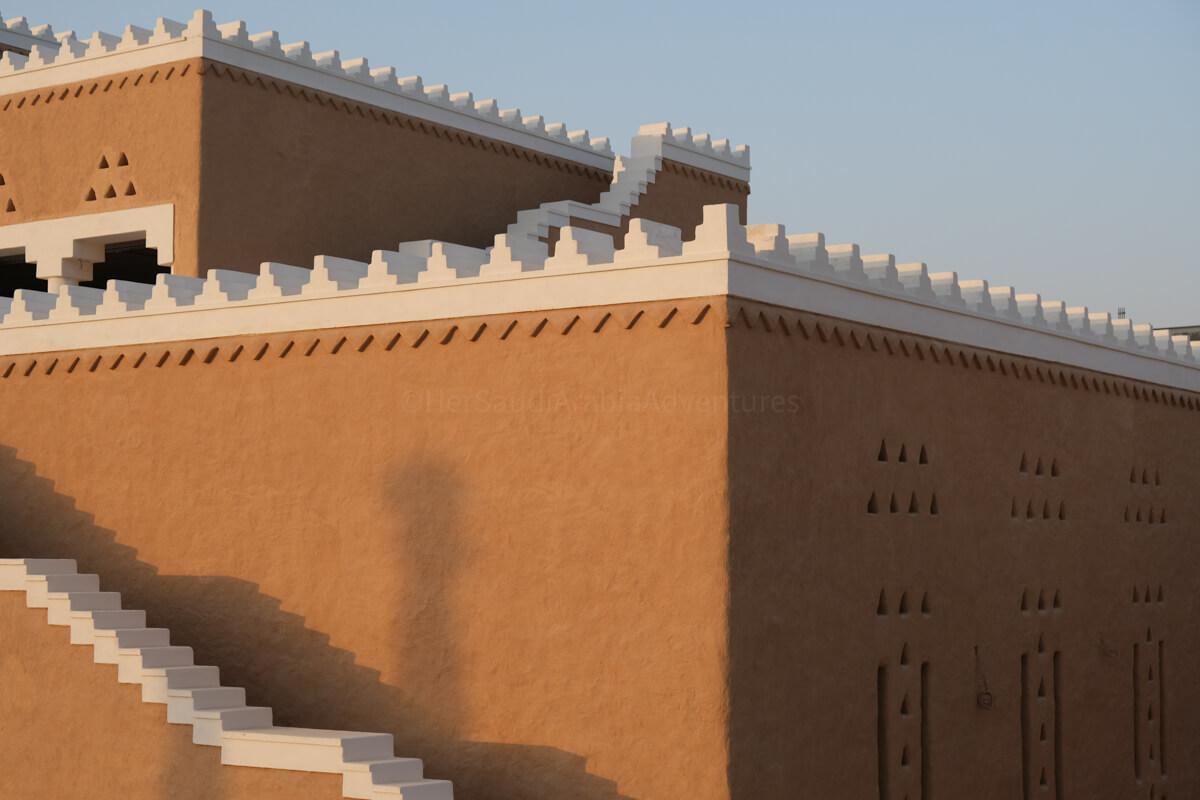

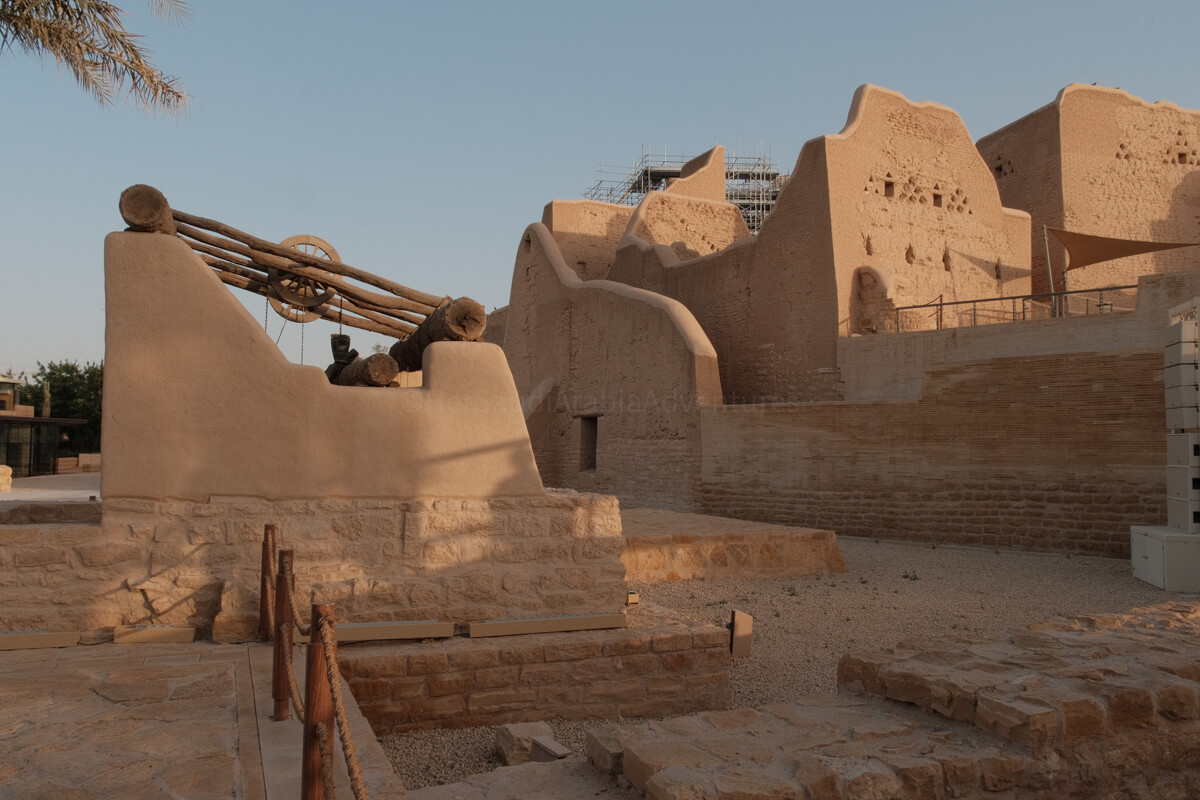
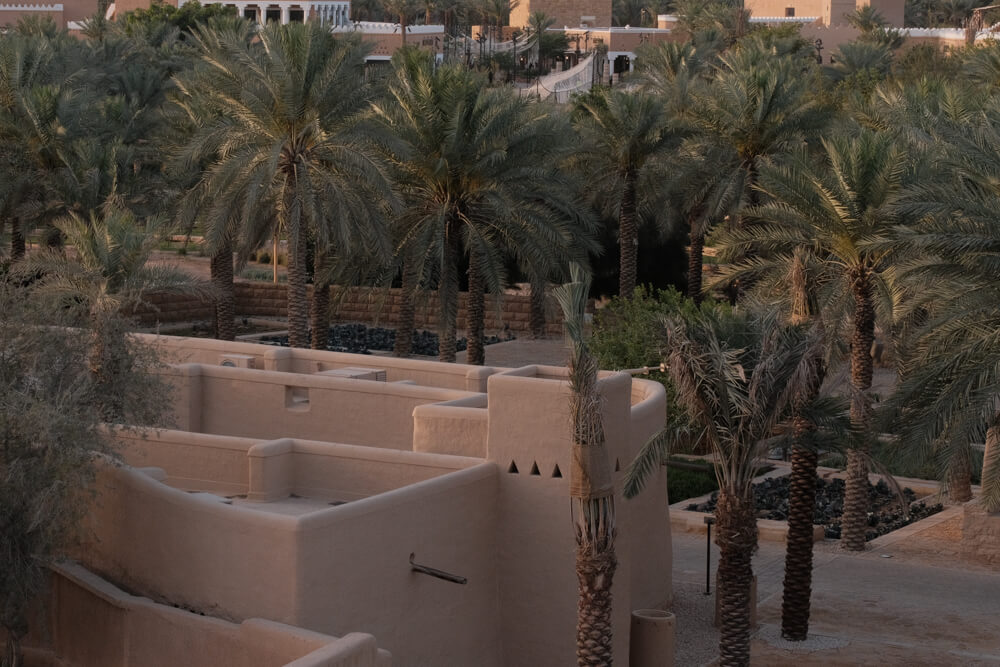
Exploring At-Turaif: The Historic Heart of Diriyah
The two coffee shops were closed during my last visit to Diriyah. It was the middle of summer, and the heat was intense, no wonder they weren’t open. I imagine the atmosphere would feel similar to AlUla’s Old Town.
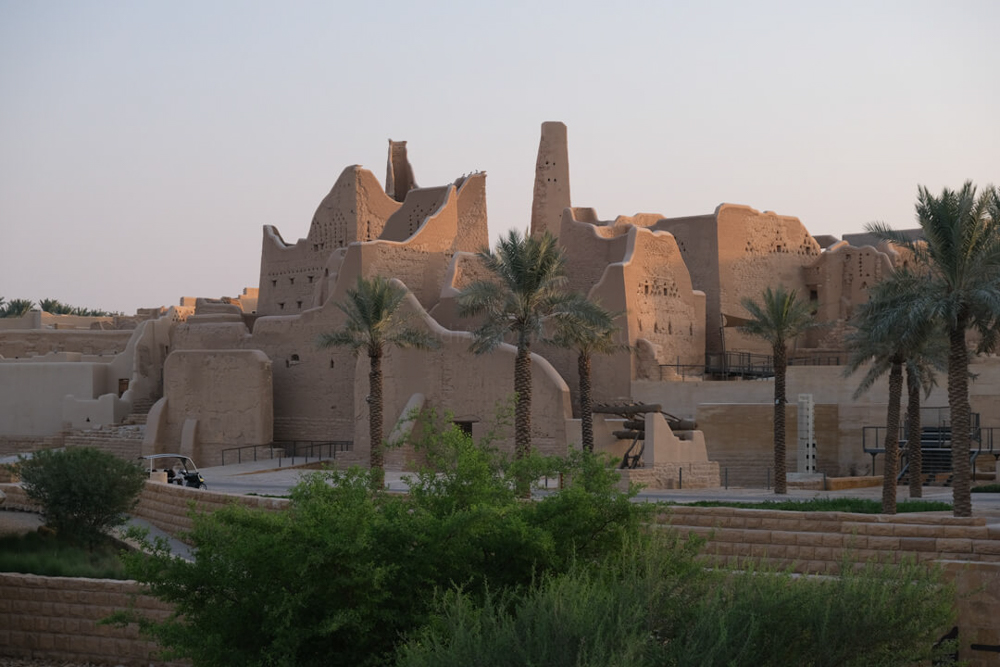

During my last visit, the alleys were still calm and almost empty. When the sun was setting, people started arriving, heading toward the restaurants and artisan shops to enjoy the evening. I love that rhythm, a peaceful stroll followed by a good meal.
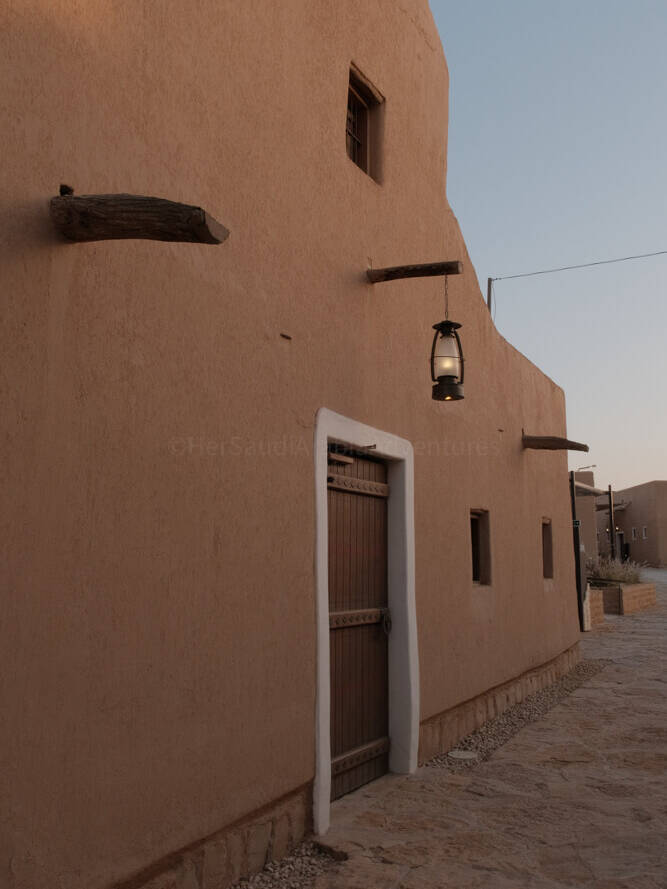
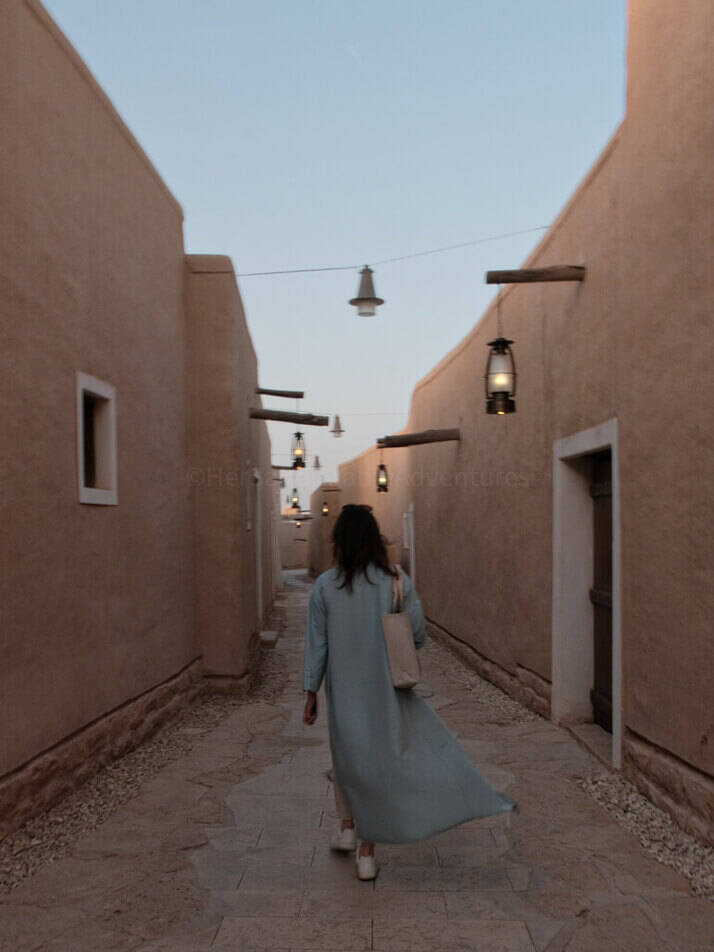
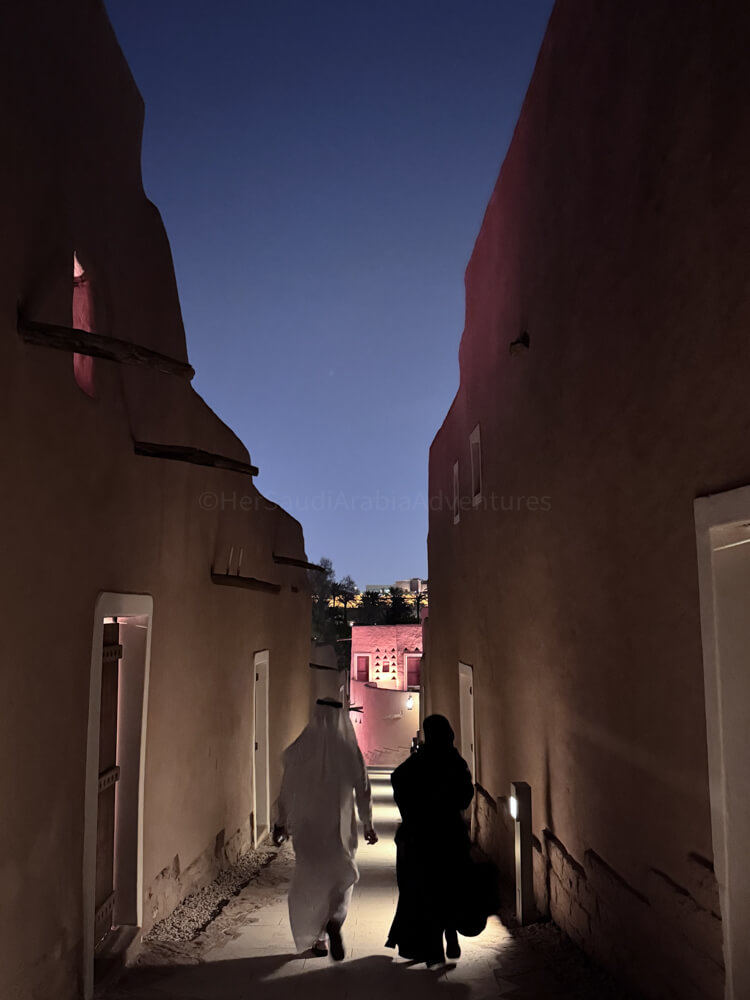
Entering At-Turaif from Bujairi Terrace
To access At-Turaif, cross the pedestrian bridge leading from Bujairi Terrace. The visitor center is located at the entrance. One thing worth noting: the walkways were built following UNESCO guidelines and appear visually detached from the original buildings, which makes the experience respectful of the site’s authenticity.
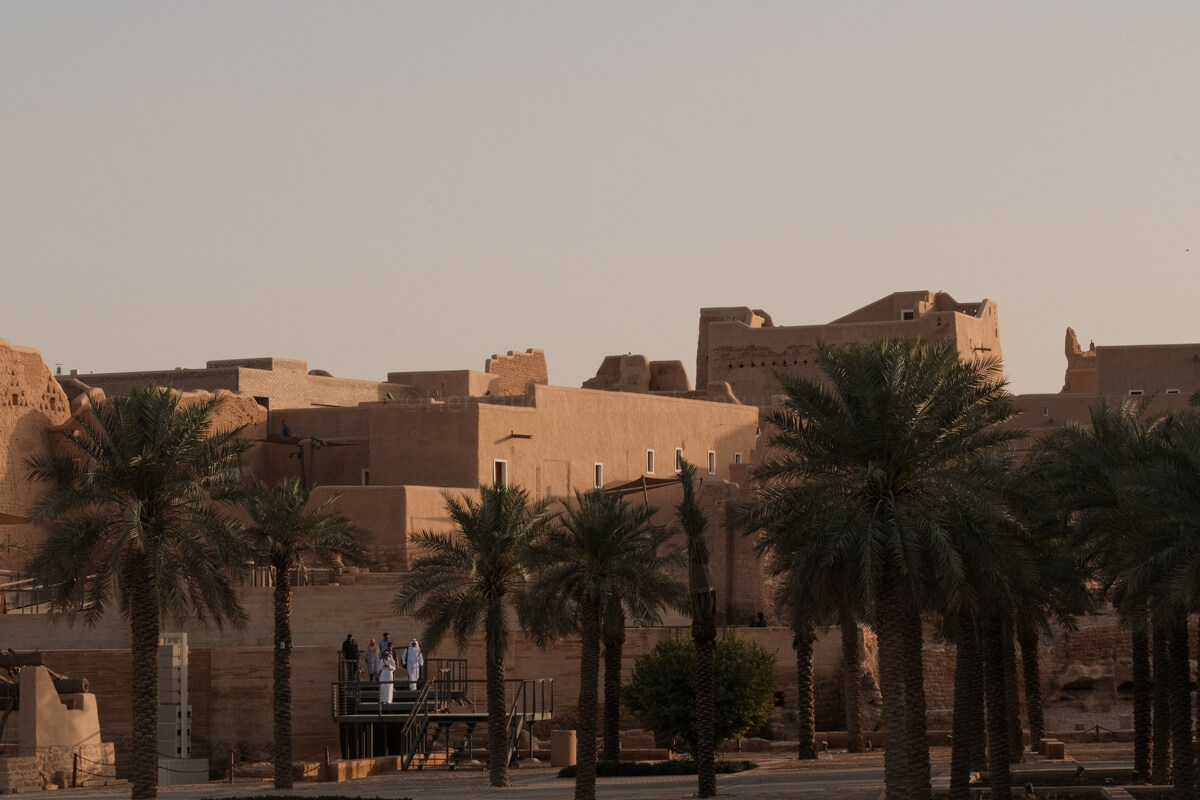
Visit Diriyah galleries
There are several galleries to explore, including one dedicated to Arabian horses, a lovely nod to local heritage. There’s also a gallery about traditional Najdi architecture. One of the best examples I’ve seen of this architectural style is in the historic village of Ushayqer. There is also a beautiful restaurant called Najd Village in Riyadh. They served traditional Saudi food which rely heavily on wheat, dates and dairy products. They also have vegetarian dishes.
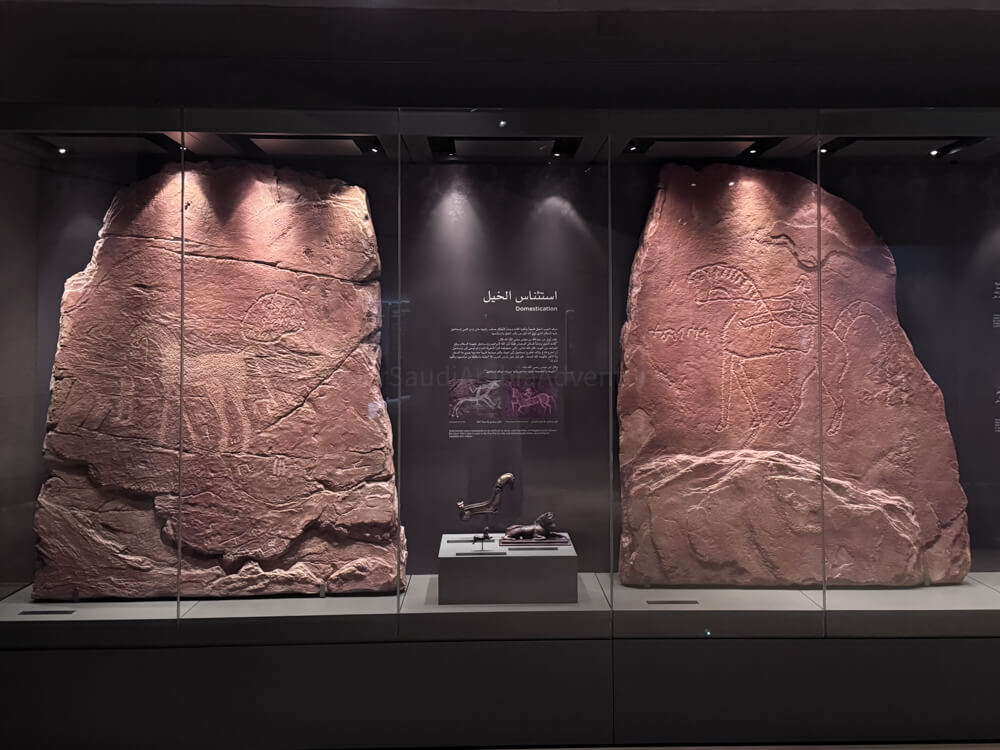
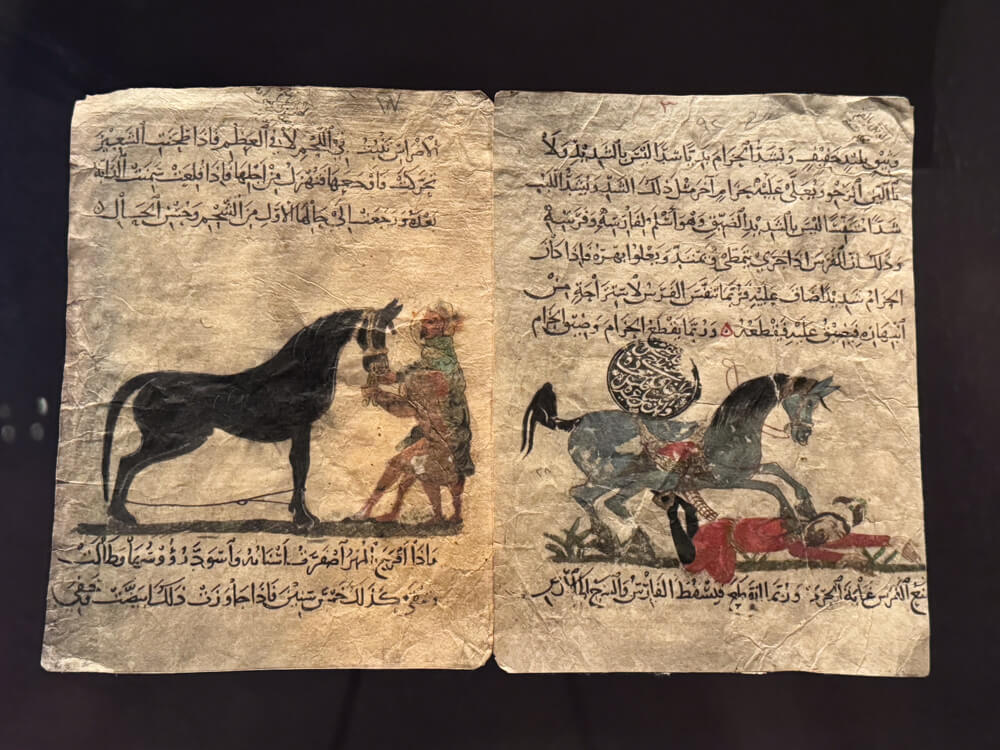
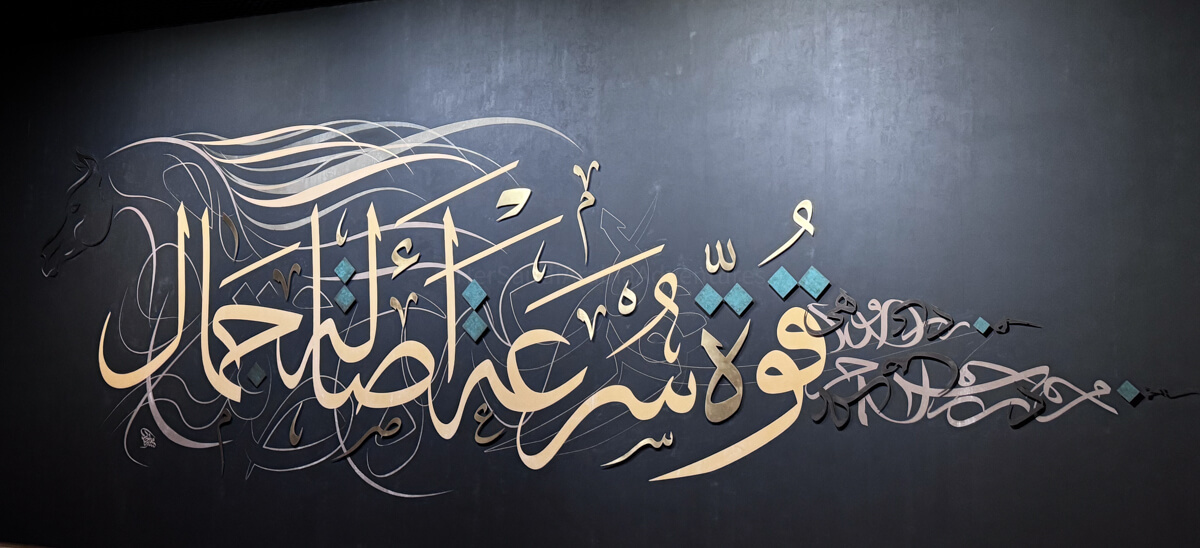
There is also a military gallery showcasing weapons such as firearms and swords.

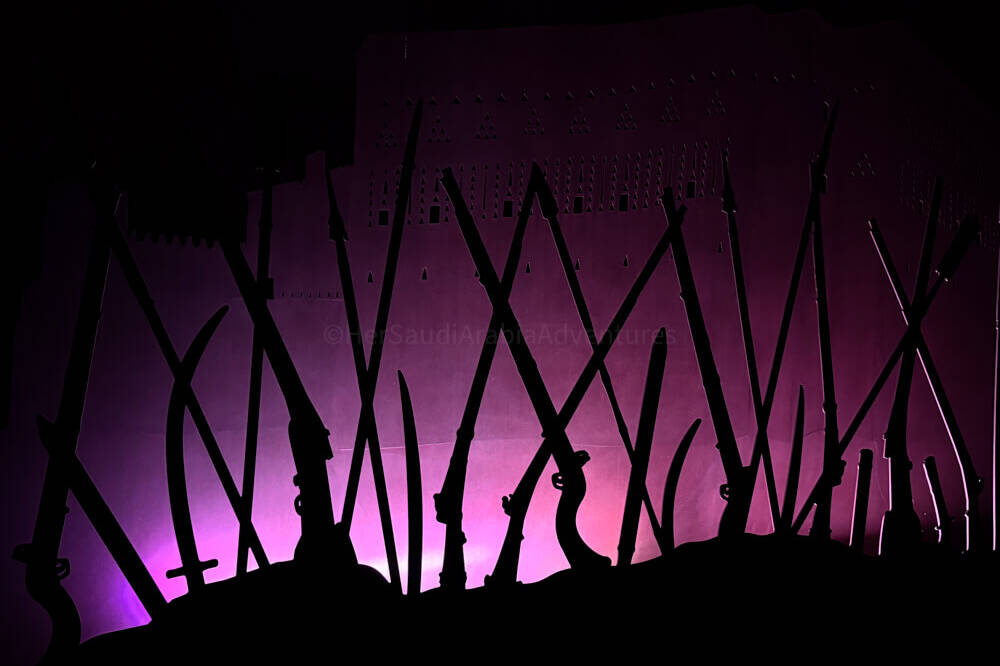
Najdi architecture was shaped by Islamic tradition and adapted to the environment: thick mud-brick walls, shaded courtyards, and wind towers.
The towers were once used as defensive structures and watchtowers. Diriyah is surrounded by two walls, each about 3 metres thick. You can walk close to them after your visit to Diriyah.
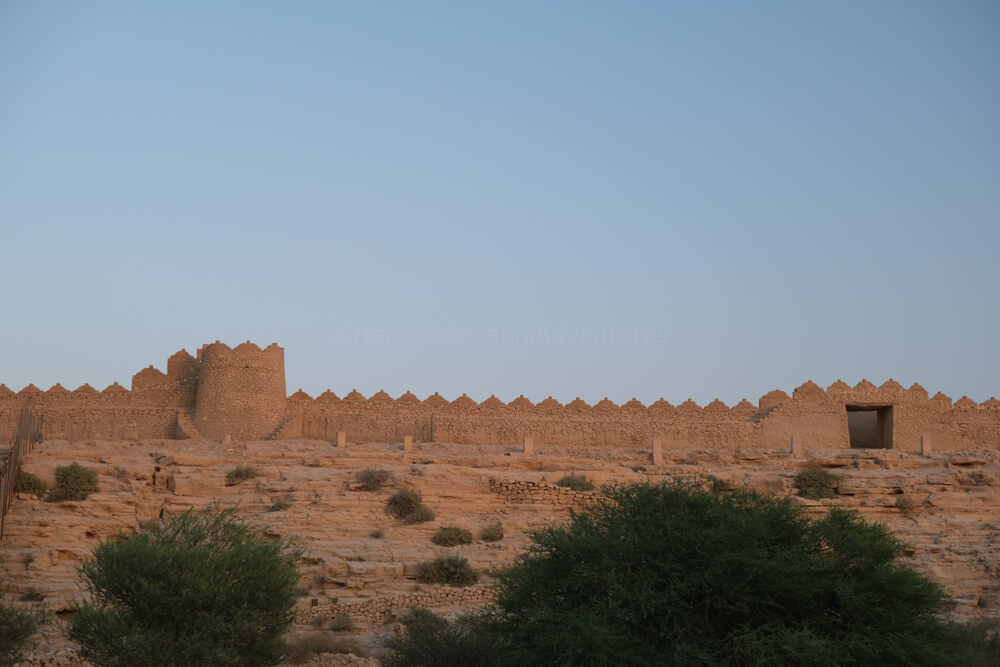

At-Turaif was listed as a UNESCO site in 2010. It shows what life once looked like in central Arabia. Even though the buildings have been restored, walking through the narrow alleyways, past tall watchtowers and quiet courtyards, you still get a sense of the past.

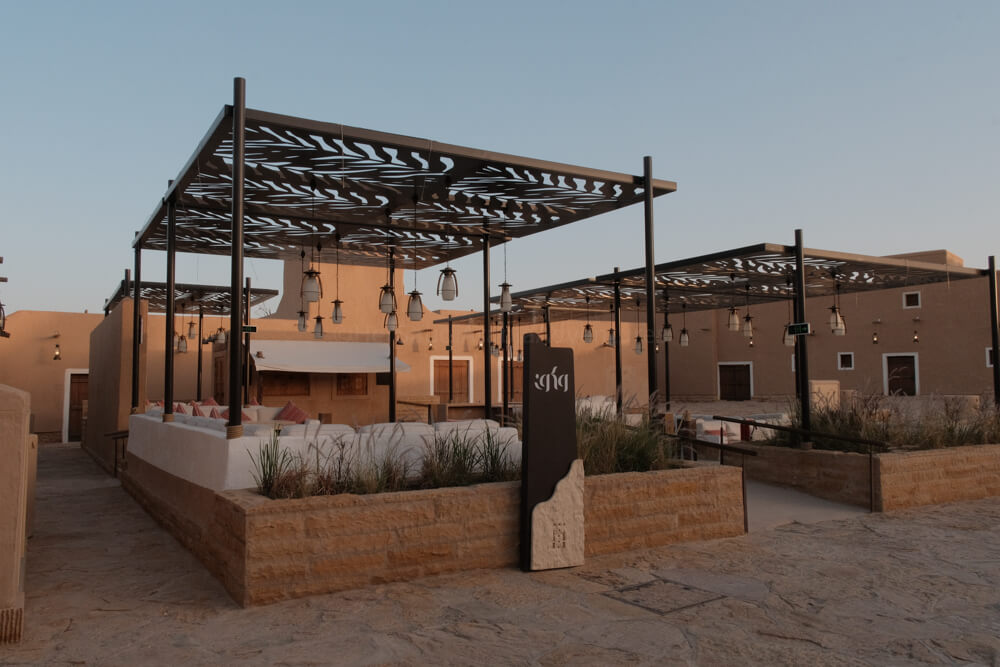
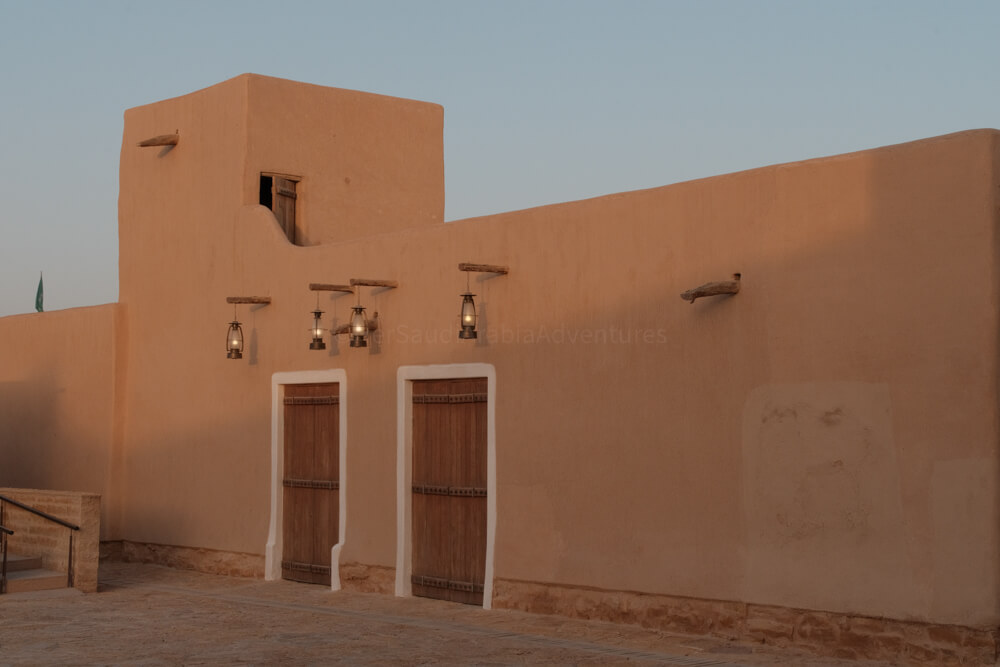
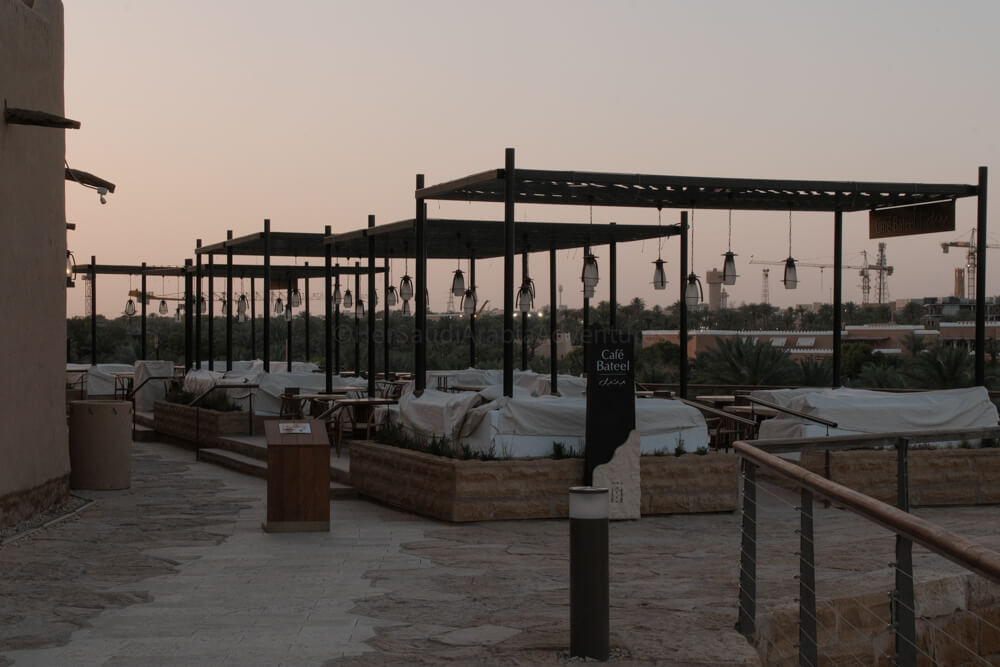
Bujairi Terrace: Where Heritage Meets Fine Dining
Bujairi Terrace is Diriyah’s culinary and social hub. It features a mix of Michelin-starred restaurants and high-end Saudi brands. What I love most is how the architecture of these venues reflects traditional Najdi style, blending seamlessly into the historic setting. The terrace also offers beautiful views of At-Turaif and the surrounding landscape.
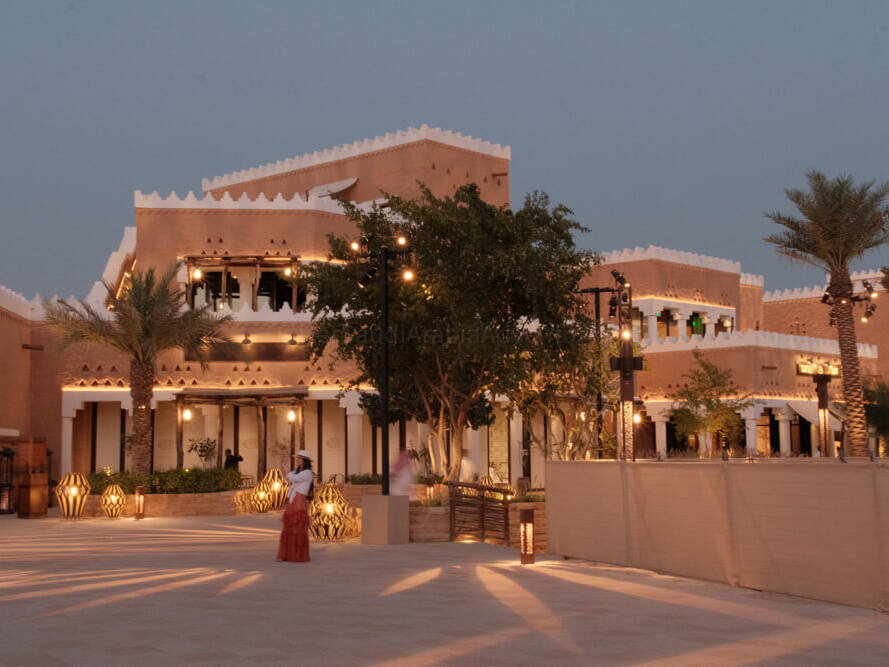
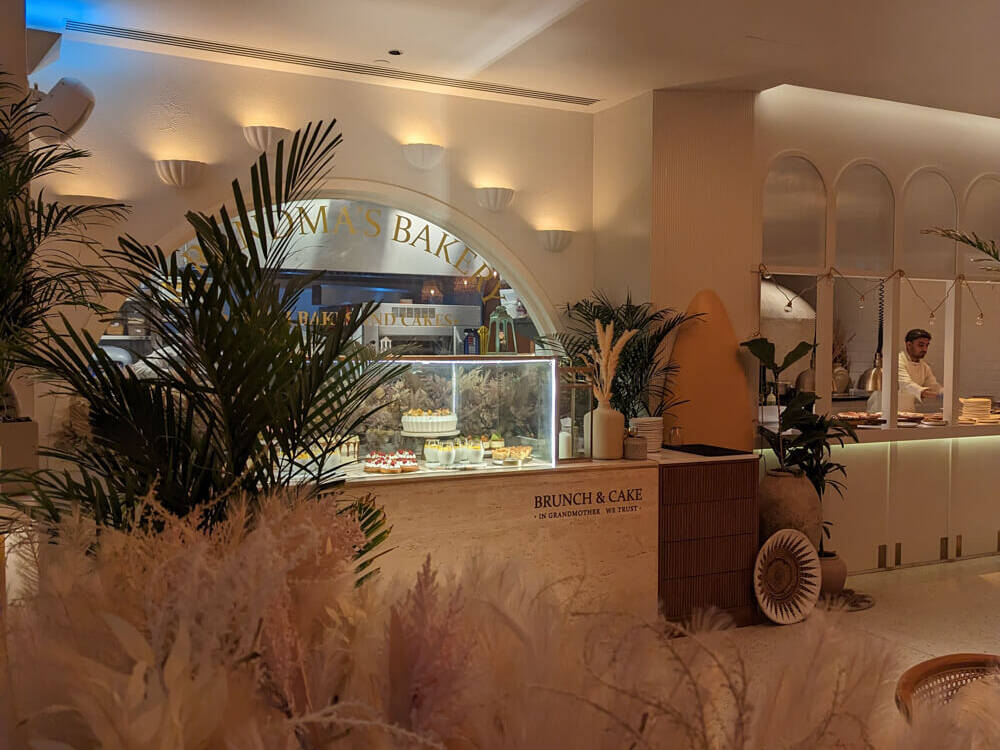
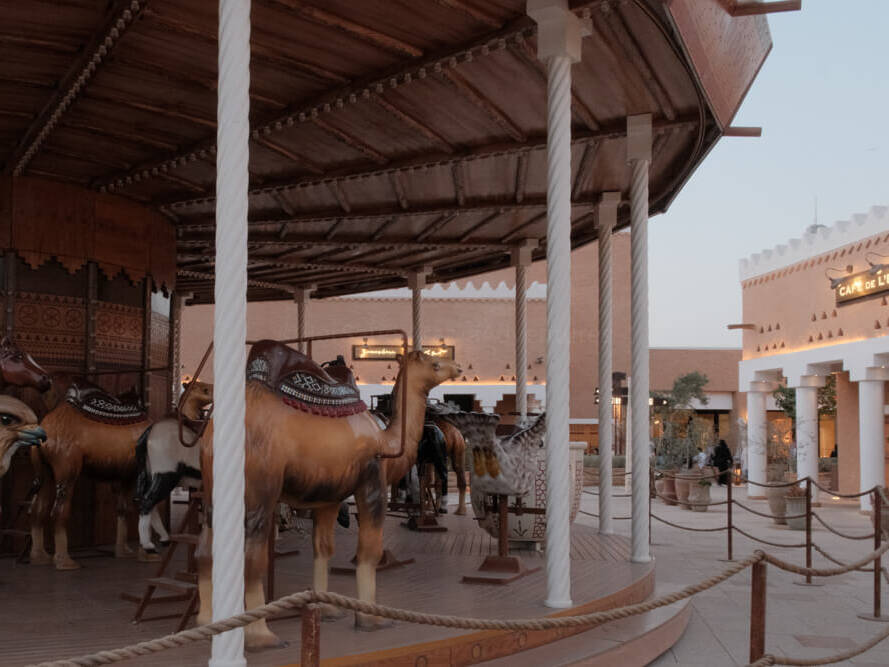
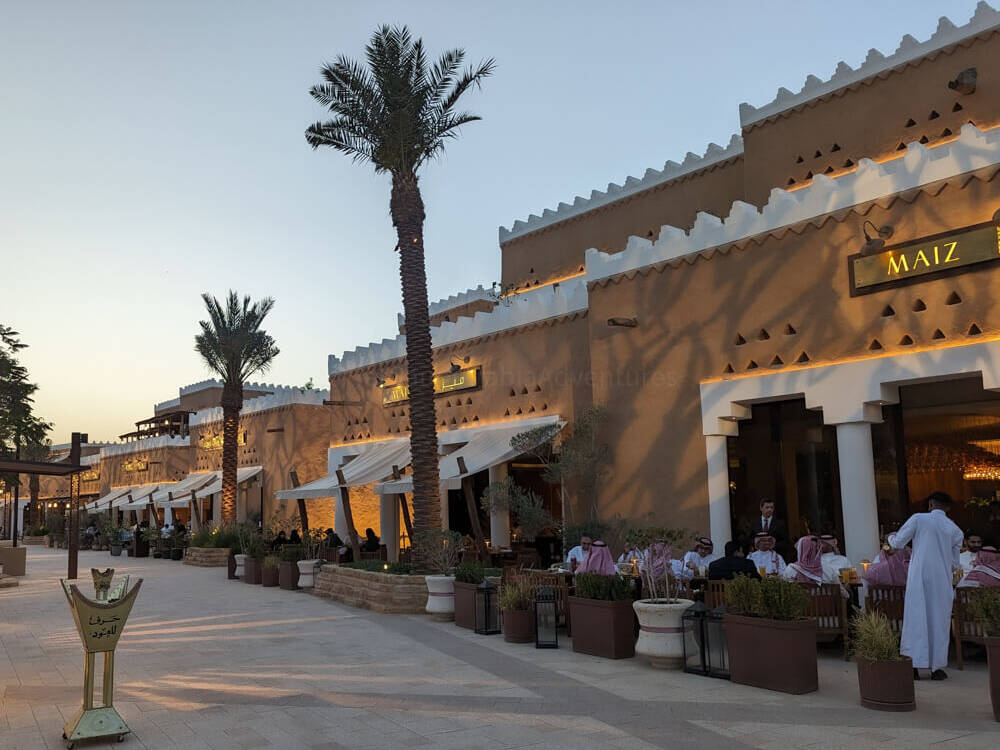
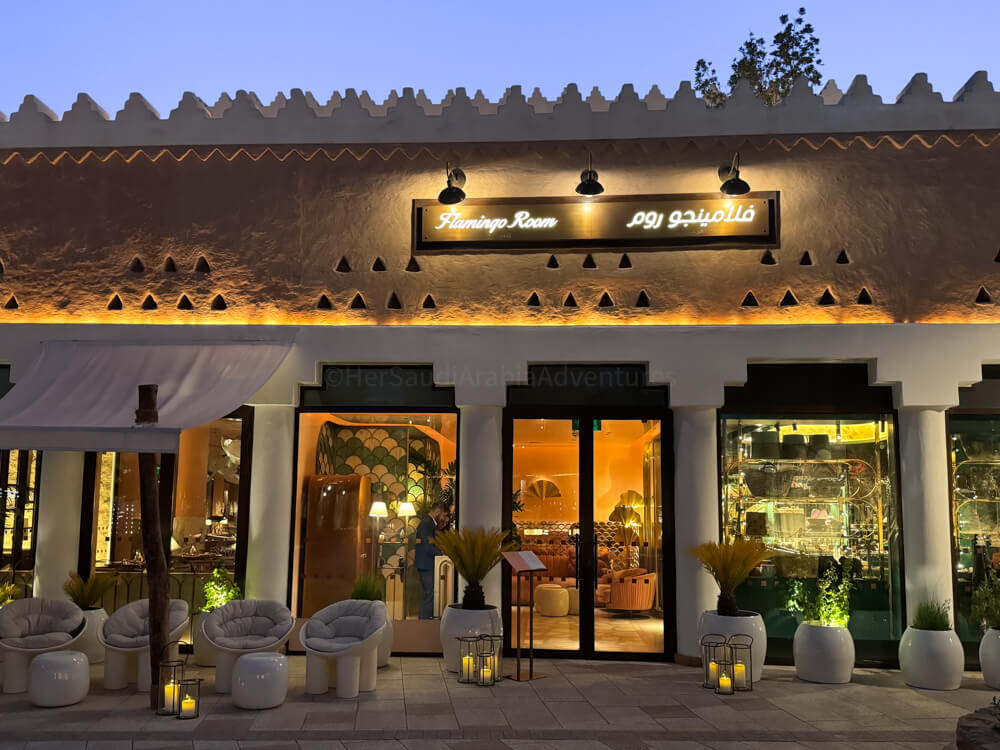
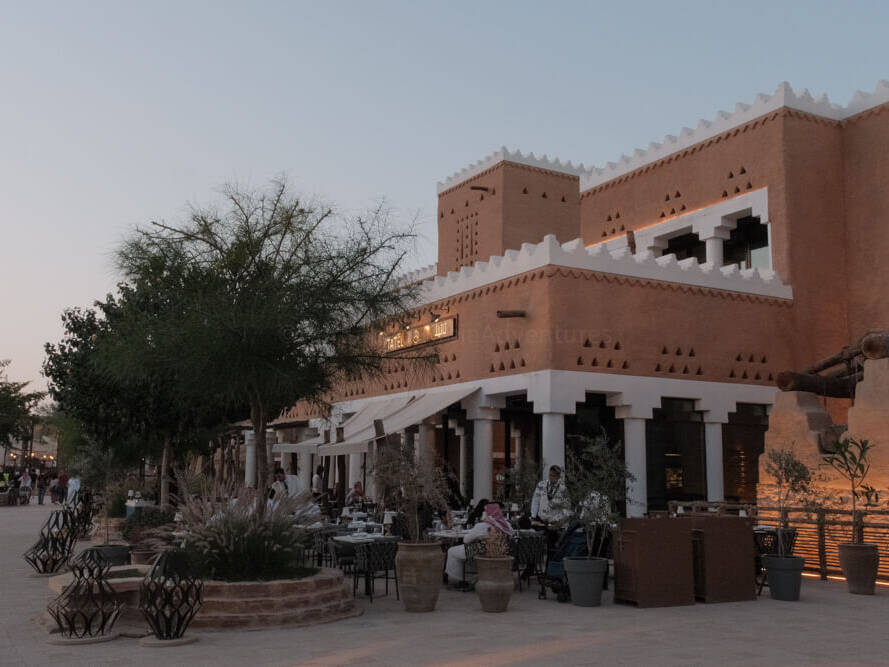
Like any new hotspot in Riyadh, it can get very busy in the evening. If you’re planning to dine here, I highly recommend booking in advance. I tried a few restaurants and cafes already and I wasn’t disappointed.
Is Diriyah Worth Visiting?
Absolutely. Otherwise, I wouldn’t be writing about it here! Personally, I’m not the biggest fan of Riyadh’s malls and traffic, so I always look for places that feel different, and Diriyah does just that. It’s a must-see if you’re in the Saudi capital. Diriyah is much more than a historical attraction, it’s a gateway into the country’s rich past. And if you enjoy traditional Najdi architecture as much as I do, make sure to visit the historic village of Ushayqer as well.
And why do I like Diyah and keep going back? It’s the perfect blend of tradition meets modern lifestyle. And on the way there, why not grab a camel milk latte at Noug 🙂
How long?
If you’re only planning to visit Al Turaif, then 1 to 2 hours should be enough. However, I strongly recommend spending more time exploring the entire area and even stopping for a coffee at Bujairi Terrace. If you’re short on time, simply walking around the area without visiting the gallery should take about 30 minutes.
How to Visit Diriyah
Absolutely. Otherwise, I wouldn’t be writing about it here! Personally, I’m not the biggest fan of Riyadh’s malls and traffic, so I always look for places that feel different, and Diriyah does just that. It’s a must-see if you’re in the Saudi capital. Diriyah is much more than a historical attraction, it’s a gateway into the country’s rich past. And if you enjoy traditional Najdi architecture as much as I do, make sure to visit the historic village of Ushayqer as well.
Tickets
You can book your entry tickets online: https://www.diriyah.sa/en/plan-your-visit
The value of your Diriyah Access Pass can be redeemed against your bill at any restaurant or café within Bujairi Terrace and At-Turaif.
Opening Hours
Bujairi Terrace
Daily
4pm to 3am
At-Turaif
Daily
4pm to 2am
